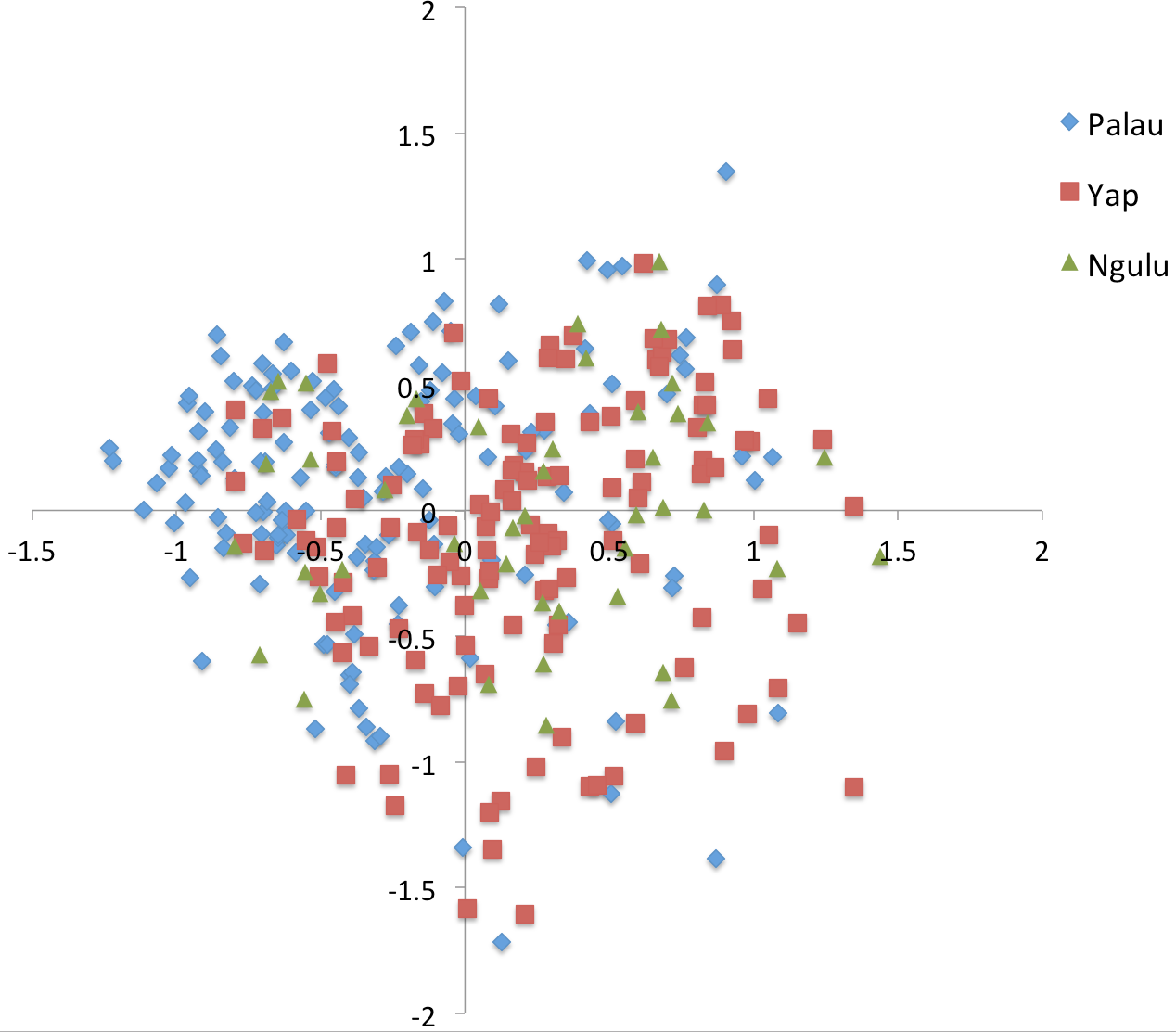
in coverage, genotype likelihood or sequencing errors) can be erased prior to imputations or assignment analysis with the use of a blacklist.genotype argument. Map-independent imputation of missing genotype or alleles using Random Forest or the most frequent category is also available to test the impact of missing data on assignment analysis.Individuals, populations and markers can be filtered and/or selected in several ways using blacklist,.very large files (> 50 000 markers) can be imported in PLINK tped/tfam format (Purcell et al.an haplotypes data frame file ( batch_x.haplotypes.tsv) produced by ( ) (Catchen et al.2011) ( batch_x.vcf) produced by ( ) (Catchen et al. 2008 and Anderson 2010) or ( ), a R package developed by Thibaul Jombart, to conduct the assignment analysis. Conduct assignment analysis using ( ), a tool developedīy Eric C.This is the development page of the assigner package for the R software. Additionally, combining the use of tools like ( ) and ( ) will make effortless documenting your workflows and pipelines. The end results is usually poor data exploration, constrained by time, and poor reproducibility.Īssigner was tailored to make it easy to conduct assignment analysis using GBS/RAD data within R.

#Genodive format software#
This reality of GBS/RAD data is quite hard on GUI software traditionally used for assignment analysis. After hitting the bioinformatic wall with the different workflows you'll likely end up with several folders containing whitelist and blacklist of markers and individuals, data sets with various de novo and/or filtering parameters and missing data. Restriction-site-associated DNA sequencing (RADseq)) produce huge numbers of markers that hold great potential and promises for assignment analysis. Next-generation sequencing techniques that reduce the size of the genome (e.g.


 0 kommentar(er)
0 kommentar(er)
